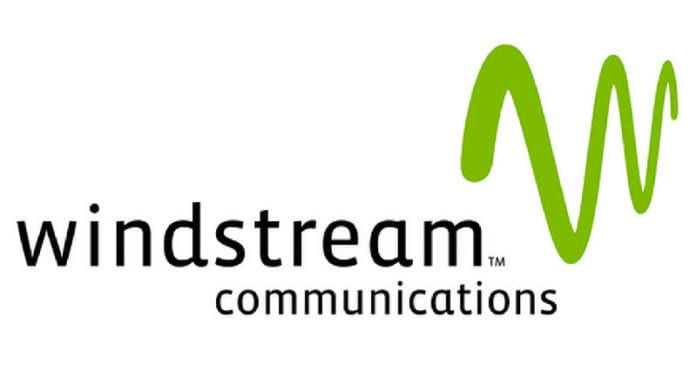Windstream will emerge from Chapter 11 as a privately held company
Arkansas-based Windstream, which is in Chapter 11 proceedings, said this week that a court has approved its financial restructuring plan. The telco expects to emerge from bankruptcy as a privately held company in late August.
Windstream will shed more than $4 billion in debt through the process, or about two-thirds of its overall debt. The telco said it will also have access to around $2 billion in new capital to “expand 1 Gig Internet service in rural America and maintain its product and software leadership in SD-WAN and UCaaS for enterprise customers.” The debt reduction and the new financing “will allow Windstream to re-focus its allocation of resources on growing the business and better positioning the company for the long term,” Windstream added.
“When we emerge, our lenders will become our new owners and strategic partners and are aligned with our long-term strategy and mission to deliver quality and reliable services,” said Tony Thomas, WIndstream’s president and CEO. “As a private company, Windstream will have increased flexibility to invest in our network, accelerate our transformation and return to growth.”
According to its original bankruptcy filing in the U.S. Bankruptcy Court for the Southern District of New York, Windstream said that its largest creditors include U.S. Bank National Association, which held more than than $1 billion in bond debt; AT&T, which was owed more than $49.55 million; Verizon, which was owed around $34.05 million; CenturyLink, owed around $7 million is owed to the company; and Frontier Communications, which was owed around $6.9 million.
Windstream, which provides consumer and business network services in primarily rural areas in 18 states and has a fiber network spanning about 150,000 miles, submitted its restructuring plan to the court on April 1. While Thomas has said that company’s bankruptcy was not prompted by operational issues, Windstream has nonetheless had an uncertain path in recent years, from a spin-off of telecom assets in 2015 which resulted in the lawsuit that ultimately prompted its bankruptcy filing, to the $1 billion purchase of Earthlink in early 2017 and the subsequent sale of Earthlink’s consumer business less than two years later for $330 million after determining that it was “not a strategic asset.”
The company has continued operations through the bankruptcy process, including recent tests of 800G over its long-haul network and gearing up to participate in next month’s Priority Access License auction for the Citizens Broadband Radio Service.

